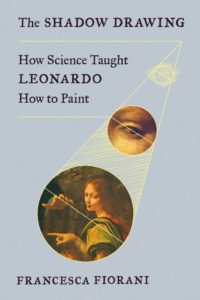


Although interest may be highest in the “Mona Lisa” and “The Last Supper,” there are actually an equal number of wonders to be found in the author’s dissection of “Adoration of the Magi,” “Annunciation” and “Virgin and Child with St. There are chapters on each and every one of his masterpieces, plus much ink on the smaller pieces and lost examples. With her central theme woven throughout these 300-plus pages, Fiorani takes the reader on a journey throughout Leonardo’s artistic output. Instead, she succeeds in defining the artist’s entire life as one in which he was enamored of scientific concepts and was likely influenced by foundational books and theories, including Alhacen’s Book of Optics. Fiorani’s highly readable and accessible account tries to make the case that Leonardo did not have two distinct phases to his career - art followed by science - as some categorize his legacy. Image courtesy of Farrar, Straus and Giroux / Provided by official site.įrancesca Fiorani’s excellent new book, The Shadow Drawing: How Science Taught Leonardo How to Paint, takes a deep dive into the history, life and interpretation of Leonardo da Vinci’s remarkable career as a Renaissance painter who was interested in and engaged with scientific concepts, including optics.


 0 kommentar(er)
0 kommentar(er)
